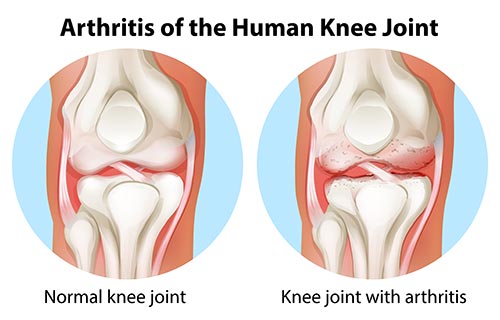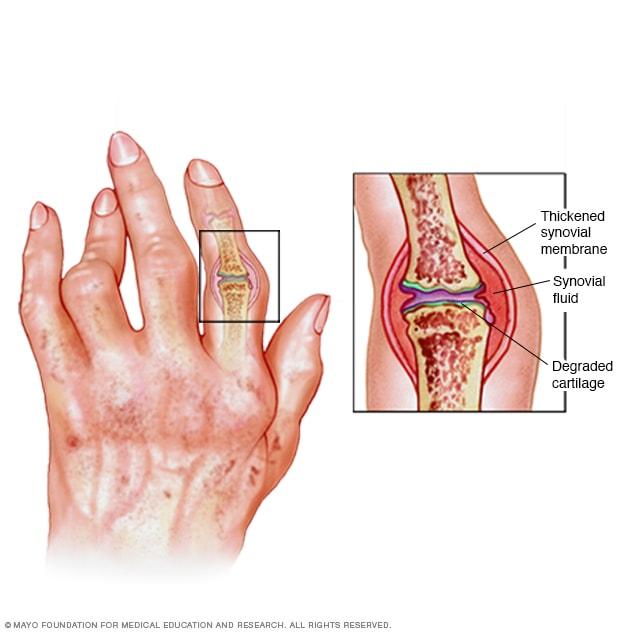Lab Equipment and Uses
Listed below are some of the more common pieces of lab equipment which everyone in the lab should know the name of, its main use and any related safety concerns.
A beaker. This is used for roughly measuring out larger quantities of solution.

A test tube. This is used to hold chemicals. Usually where a chemical reaction will take place.
A measuring cylinder. This is used to ACCURATELY measure out quantities of solution.
A funnel. This is used to assist the pouring of finer materials and also to be used as a makeshift filter (with the addition of filter paper).

A test tube holder. Is a device which allows you to securely hold a test tube- especially helpful when test tube is very hot!
A bunsen burner. This uses gas to create extremely hot temperatures in a controlled manner.

Clamp stand. This is used to hold test tubes securely in the air, perhaps above a bunsen burner.

Conical flask. This is a different beaker which roughly measures liquids.

Fume hood. When doing experiments which creates dangerous and toxix gases this sucks those up and stops the poisonous gases from being breathed in by the person doing the experiment.



